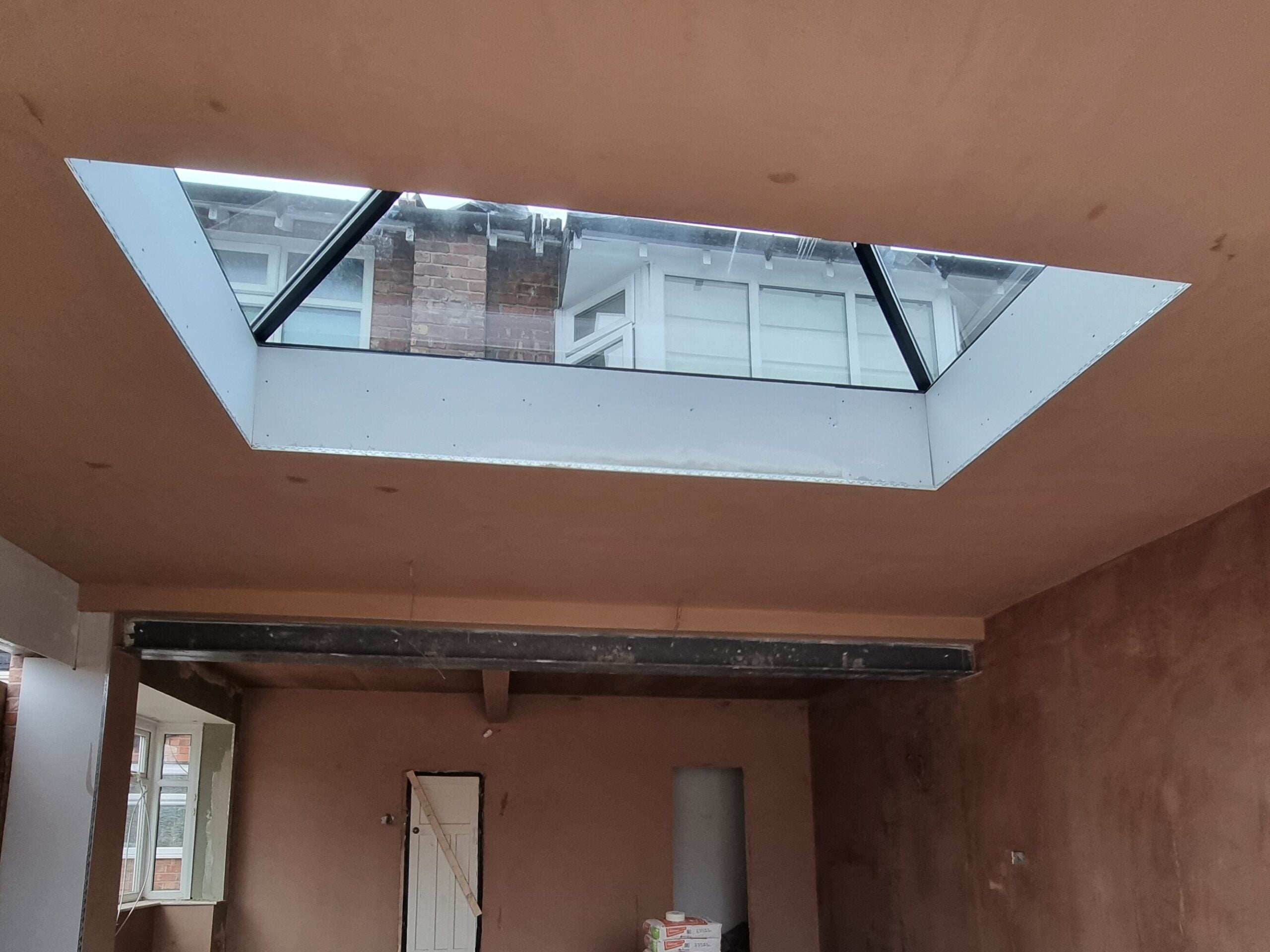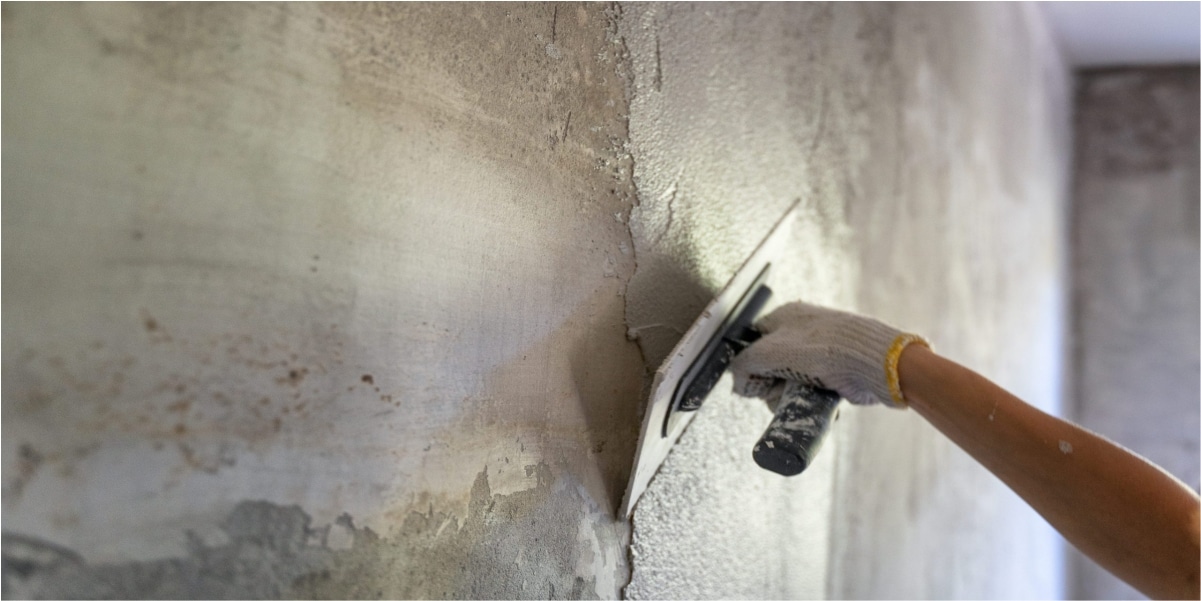Plastering Repair Work: Rapid and Inexpensive Solutions for Fractures and Damage
Wiki Article
Comprehending the Important Techniques of Smudging for Home Renovation Projects
In the world of home renovation, understanding the crucial methods of smudging can considerably improve both the functionality and aesthetic charm of a space. The gluing procedure incorporates important stages, from thorough surface preparation to the precise application of products.Sorts Of Smudging Strategies
Although different gluing strategies exist, each serves a special objective and uses distinct aesthetic top qualities. One of the most typical methods is standard lime plastering, which is understood for its breathability and adaptability. This method is especially advantageous for older structures, allowing moisture to get away while maintaining structural honesty.For an extra textured appearance, trowel-on plastering techniques such as stucco and Venetian plaster are frequently utilized. Stucco, generally made use of in exteriors, supplies sturdiness and weather condition resistance, while Venetian plaster is renowned for its elegant, refined surface.
Furthermore, there are more specialized strategies, such as skimming, which is a procedure that includes using a slim layer of plaster over existing surfaces to produce a smooth coating. Each of these strategies can substantially affect the overall aesthetic and performance of a room, making it important to choose the proper approach based upon the particular needs of a project.

Devices and Materials Needed

Crucial devices and materials are essential for effective plastering, making sure both effectiveness and high quality in the application process. A comprehensive plastering toolkit generally includes a hawk, trowels, and a float. The hawk works as a platform to hold the plaster, while the trowels, readily available in numerous dimensions, are important for application and smoothing. A float, frequently made of rubber or sponge, is used to achieve a consistent coating.

Investing in high-grade tools and products inevitably adds to a much more successful plastering project, yielding a resilient and cosmetically pleasing coating. Effectively equipped, you lay the groundwork for reliable plastering and home improvement.
Step-by-Step Plastering Refine
With the right devices and materials in hand, the following stage includes executing the smudging procedure with accuracy. Begin by preparing the surface area to ensure optimal bond. Get rid of any kind of loosened particles, dust, or old plaster, and use a bonding agent if necessary.When the surface is prepped, blend the plaster according to the manufacturer's guidelines, achieving a smooth, lump-free uniformity. Making use of a trowel, apply the very first coat, called the scrape layer, to a density of regarding 5-10 mm. Make sure consistent insurance coverage, and use a comb or scratcher to produce grooves for far better adhesion of succeeding layers.
After permitting the scratch layer to set partially, use the second coat, or the brownish coat, smoothing it out for an even surface. Use the finishing layer, which ought visit this web-site to be thinner and smoother.
When the plaster has dried out extensively, it can be fined sand lightly to eliminate imperfections. Adhere to up with a guide prior to painting for a refined final look.
Typical Blunders to Prevent
Failing to recognize common blunders can substantially affect the high quality of your plastering task. One constant error is insufficient surface preparation. Failing to clean and prime the surface area can bring about inadequate attachment, leading to cracks and peeling. In addition, overlooking to fix any type of underlying concerns, such as wetness or architectural damage, can endanger the plaster's integrity.
Timing is also vital; lots of unskilled plasterers hurry the application. Allowing the initial layer to completely dry entirely prior to applying subsequent layers is important to prevent too much fracturing and contraction.
In enhancement, not using the right tools can prevent the finishing procedure. Using trowels that are little or also huge can affect your control and the level of smoothness of the surface.
Tips for Finishing Touches
Achieving a flawless finish in plastering needs interest to detail and a couple of calculated techniques. When the initial click this application has dried out, begin the completing process by utilizing a wet sponge or trowel to smooth out any kind of blemishes. This action not just improves the surface area however also helps to eliminate any excess plaster that might have dried unevenly.Following, take into consideration making use of a fine-grit sanding block or pole sander for a more refined look. Fining sand need to be done carefully to prevent harming the underlying layer - Plastering. Constantly put on a mask to safeguard against dust inhalation
After fining sand, evaluate the surface area under various lighting problems to determine any type of missed out on places or incongruities. Use a thin layer of finishing plaster if needed, feathering out the edges to blend effortlessly with the bordering area.
Conclusion
Finally, mastering vital plastering techniques dramatically Plastering improves the top quality of home improvement projects. Understanding the numerous sorts of gluing approaches, making use of suitable tools and products, and sticking to a systematic application procedure contribute to attaining a long lasting and smooth finish. By preventing typical errors and implementing finishing touches properly, the overall visual charm and functionality of restored rooms are assured. These practices eventually bring about satisfying and effective home enhancement end results.In the world of home improvement, mastering the essential methods of smudging can considerably improve both the functionality and aesthetic charm of a room.Although various plastering techniques exist, each serves an unique purpose and offers unique aesthetic high qualities. Plastering. For a more distinctive look, trowel-on plastering techniques such as stucco and Venetian plaster are often employed. Stucco, typically made use of in exteriors, gives toughness and weather resistance, while Venetian plaster is renowned for its extravagant, polished coating
Commonly made use of plaster kinds include gypsum plaster, lime plaster, and cement-based plaster, each offering different purposes and environments.
Report this wiki page